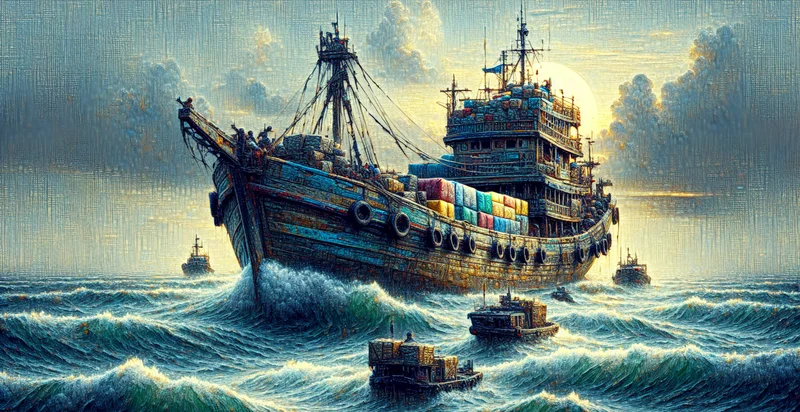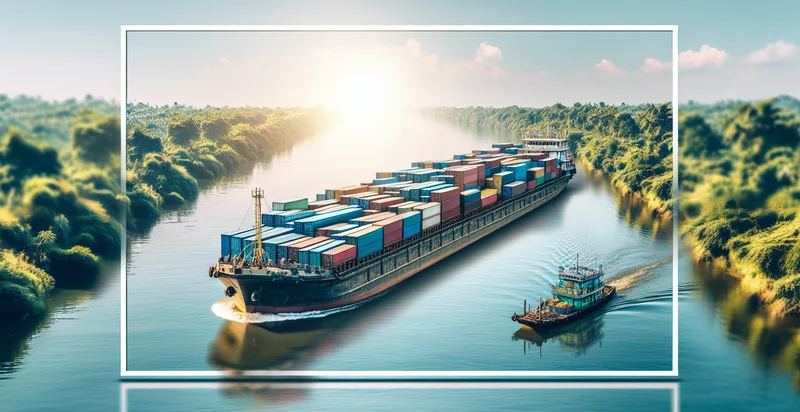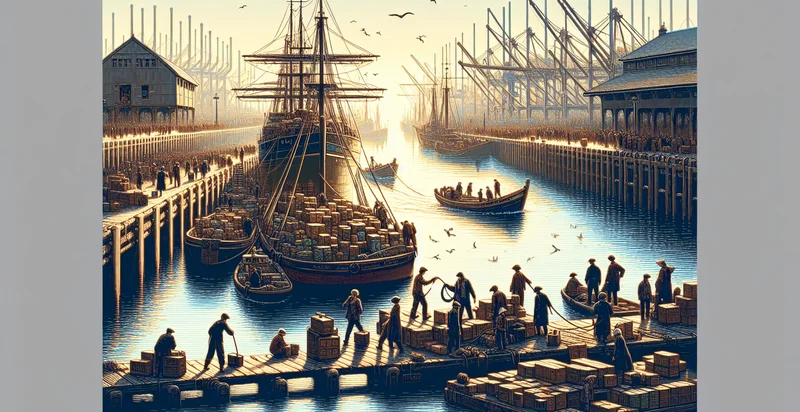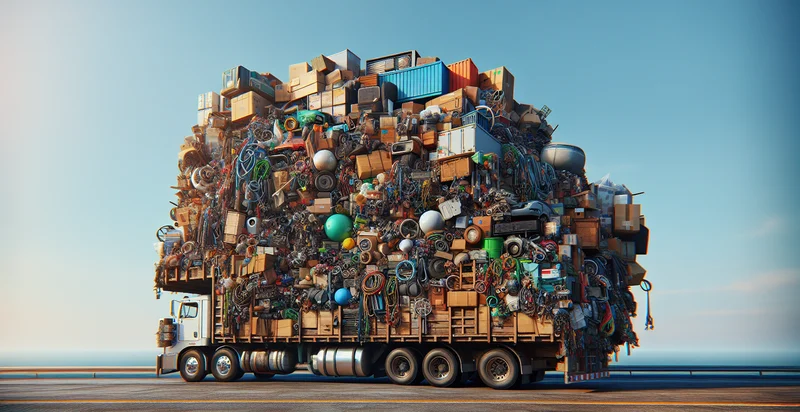Identify if boat is loaded
using AI
Below is a free classifier to identify if boat is loaded. Just upload your image, and our AI will predict if the boat is loaded - in just seconds.

Contact us for API access
Or, use Nyckel to build highly-accurate custom classifiers in just minutes. No PhD required.
Get started
import nyckel
credentials = nyckel.Credentials("YOUR_CLIENT_ID", "YOUR_CLIENT_SECRET")
nyckel.invoke("if-boat-is-loaded", "your_image_url", credentials)
fetch('https://www.nyckel.com/v1/functions/if-boat-is-loaded/invoke', {
method: 'POST',
headers: {
'Authorization': 'Bearer ' + 'YOUR_BEARER_TOKEN',
'Content-Type': 'application/json',
},
body: JSON.stringify(
{"data": "your_image_url"}
)
})
.then(response => response.json())
.then(data => console.log(data));
curl -X POST \
-H "Content-Type: application/json" \
-H "Authorization: Bearer YOUR_BEARER_TOKEN" \
-d '{"data": "your_image_url"}' \
https://www.nyckel.com/v1/functions/if-boat-is-loaded/invoke
How this classifier works
To start, upload your image. Our AI tool will then predict if the boat is loaded.
This pretrained image model uses a Nyckel-created dataset and has 2 labels, including Boat Loaded and Boat Not Loaded.
We'll also show a confidence score (the higher the number, the more confident the AI model is around if the boat is loaded).
Whether you're just curious or building if boat is loaded detection into your application, we hope our classifier proves helpful.
Related Classifiers
Need to identify if boat is loaded at scale?
Get API or Zapier access to this classifier for free. It's perfect for:
- Cargo Verification: Shipping companies can utilize the 'if boat is loaded' identifier to verify the cargo before departure. This ensures that the correct amount of goods is loaded onto the ship, reducing losses from misloading or theft.
- Operational Efficiency: Ports can implement this technology to optimize loading and unloading processes. By knowing when a boat is loaded, port authorities can streamline operations, schedule resources effectively, and reduce turnaround times.
- Insurance Assessment: Insurance companies can use this function to assess risks associated with cargo ships. By confirming whether a boat is loaded, they can better evaluate claims related to cargo damage or loss during transit.
- Regulatory Compliance: Maritime regulators can use the classifier to ensure that vessels comply with loading regulations. Monitoring whether boats are loaded according to safety and environmental guidelines can help prevent overloading and associated hazards.
- Maintenance Scheduling: Vessel operators can employ the identifier to plan maintenance schedules based on loading conditions. Knowing when a boat is loaded can help manage wear and tear, prolonging the ship's lifespan and enhancing safety.
- Supply Chain Management: Businesses involved in the supply chain can leverage this function for real-time tracking of transported goods. Identifying when a boat is loaded allows companies to improve inventory management and transportation planning.
- Environmental Monitoring: Environmental agencies can use the technology to monitor the marine environment by assessing vessel stability related to loading levels. This ensures that loaded boats do not pose a threat to marine ecosystems, enabling better conservation efforts.


